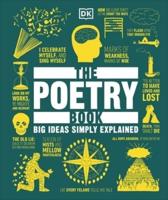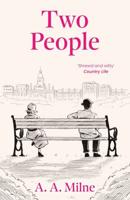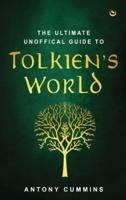Publisher's Synopsis
While it has become commonplace to discount British novelist Kingsley Amis as a "naïve realist," a mere comedic novelist, even a misogynist and failed moralist, Andrew James argues that Amis was seriously concerned with the role of the artist in society and explored this subject in many of his novels. Throughout the first twenty years of his career, Amis used bad artists as whimsical characters, or antimodels, that helped identify his artistic preferences and fictional techniques. He became convinced that the relationship between an artist and his audience was reciprocal and that both the outer audience and the artist's inner circle must be held accountable for the production of bad literature. During the last twenty years of his career, Amis no longer concerned himself with satirizing bad artists, but instead explored ways of ameliorating them. James shows that the development of antimodels as fully drawn characters and Amis's insistence upon reciprocity in the writer-reader relationship demonstrate that he was more than just a comedic writer, and was aware of himself as an artist with social responsibilities. The first study of Amis to analyze manuscript revisions in all of his novel drafts, Kingsley Amis: Antimodels and the Audience shows the more serious side of a complex writer who has yet to receive the critical recognition he deserves.









